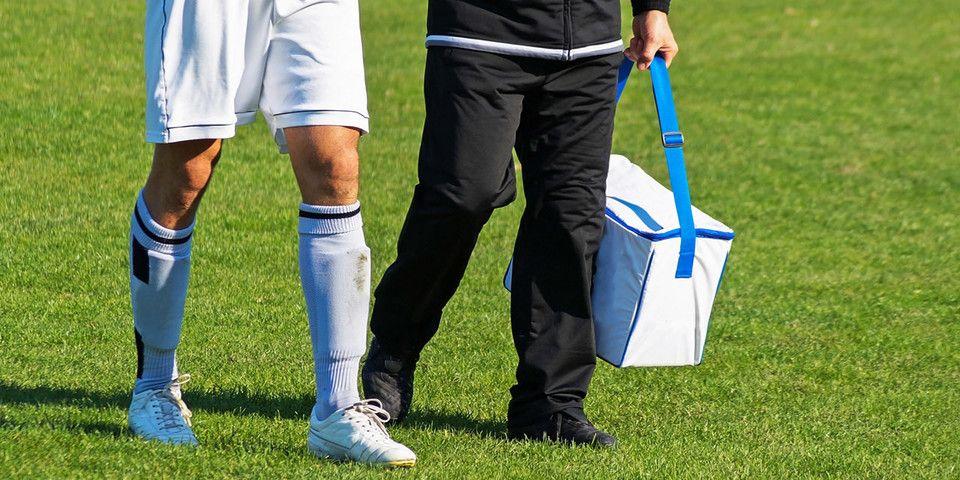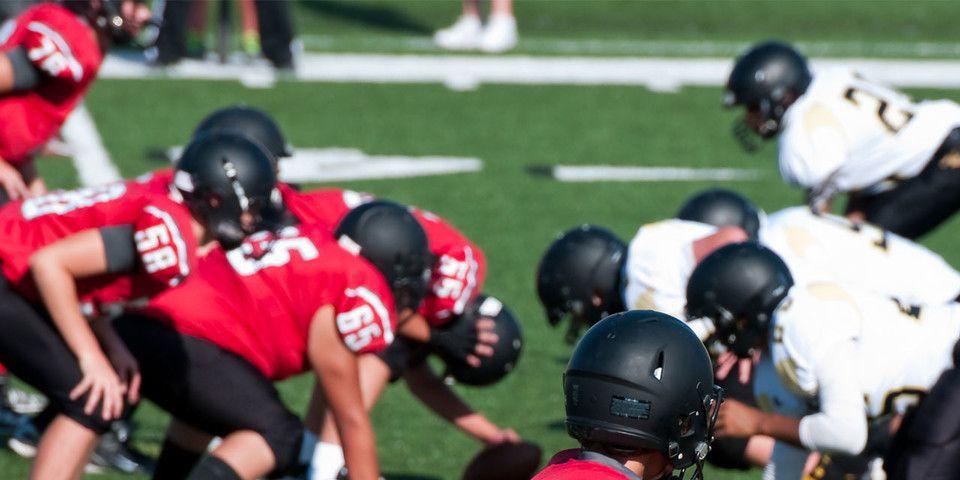What Are the Most Common Winter Injuries? And How Can I Stay Safe?
Winter presents new opportunities for injury. Here’s how to protect yourself and your family.
As the days grow shorter, the weather turns colder, and the last few leaves shiver on the tree branches, our thoughts turn to the excitement of winter. Whether you’re looking forward to time with family, or hitting the slopes, winter presents fantastic opportunities to have fun and make memories. Unfortunately, snowy slopes and icy sidewalks also lead to injuries that are less common in warmer months. So what are the most common winter injuries, and what can you do to prevent them? At Rothman Orthopaedics, we see patients with a host of winter injuries each year, and to help keep you and your loved ones safe, we’re here with some cold hard facts about safety in the snow and ice.
What Are The Most Common Winter Injuries?
The question what are the most common winter injuries can be broken down into two parts. The first is what winter sports injuries doctors see most, and the second is what non-sport related winter injuries statistics say are most frequent.
In terms of sports injuries, skiing, ice skating, snowboarding, and sledding all lead to tens of thousands of emergency room visits per year. The answer to what are the most common winter injuries is skiing injuries, at about 114,000 per year. That’s followed up by snowboarding and sledding or tubing, with 79,000 and 52,000 emergency room visits respectively. Last, but by no means, a minor cause of winter sporting injuries is ice skating, which brings about 47,000 patients into the ER annually. Most of these injuries involve fractures, sprains, and concussions.
Sports injuries, however, are not the only danger lurking under all that glistening snow and ice. While slipping and falling is always a risk with any slick surface, a much more pressing peril in the winter is an injury from shoveling snow. While we all hear stories each year of an unfortunate individual suffering a cardiac event as a result of clearing off his driveways, heart-related ER visits accounted for only about 6% of winter snow shoveling-related injuries according to a study published in the American Journal of Emergency Medicine. Much more frequent injuries were soft tissue and bone injuries, primarily from musculoskeletal exertion.
Preventing Winter Injuries Without Giving Up Winter Activities
For many people, winter sports are a beloved pastime, and shoveling is a necessary chore, so simply avoiding these tasks is out of the question. Fortunately, there are some great winter injury prevention tips available to help keep you and your family safe as you tackle both responsibility and recreation.
One of the best ways to prevent injury when playing any sport is to know what you’re doing. New skiers, skaters, and snowboarders should take a lesson (or a few lessons!) from an expert in the activity before heading out to have adventures of their own. It’s also crucial to take new terrain slowly, and to only attempt courses appropriate for the participant’s skill level.
Another crucial factor in preventing injury is the use of safety equipment such as pads, braces, appropriate clothing, and most importantly, a helmet when enjoying winter sports. It’s crucial to dress in light, water resistant layers, and have footwear that can keep your feet dry and warm. Braces, especially for previously injured joints, or parts of the body that are known to be more susceptible to injury during a particular activity, can help provide support and stabilization, preventing sprains, strains, and fractures. Eye protection is important when skiing or snowboarding, and gloves are a must for all outdoor winter activities. Finally, a helmet can protect you and your loved ones from serious brain injuries, in addition to keeping you toasty and warm!
Checking to make sure that your equipment is in good condition is another necessary step in making sure that you stay safe as you play. If you don’t know what to look for, take your equipment to an expert before hitting the slopes or the rink. While you’re at it, make sure you’re not pushing your body past its limits too. Most winter sports injuries come at the end of the day, when an athlete is worn out and not listening to their body.
Preventing Shoveling Injuries
Shoveling is one of those unavoidable tasks if you own or rent a home with sidewalks you’re responsible for, so it’s not surprising that it makes the list of “what are the most common winter injuries.” With an average of 11,500 shoveling related emergency room visits annually, it’s important to make sure you’re being safe. Wear appropriate clothing, such as thin layers, warm socks, boots with good treads, gloves, and a hat.
While many brands advertise their shovels as being designed to help your back, the truth is that shovel shape and material has little to do with injuries. More important is body mechanics. Always lift from the core of your body, bending at the knees and hips. Try to push snow in front of you and avoid pivoting. Don’t rush. Lifting more snow than your body is comfortable with at a time can cause serious injuries.
Finally, know your limits. Take breaks frequently, and if you’re feeling pain or exhaustion, consider getting some help.
If you would like more information about winter injuries or to schedule an appointment, visit us here or contact us at 1-800-321-9999.
Related Physicians
Related Specialties
Related Programs
-

Athletic Training- Sport Medicine Outreach
Our Field Athletic Trainers provide direct sports medicine care to youth, high school, college and professional athletes. Rothman AT’s provide athletic training services throughout Southeastern PA to interscholastic high schools, colleges, as well as tournaments and special events.Read More -

Injury Prevention Program
The Injury Prevention Program at the Rothman Orthopaedic Institute is dedicated to the prevention of injuries from athletic participation, particularly youth sports.Read More -

Women’s Sports Medicine Program
The Women’s Sports Medicine Program at the Rothman Orthopaedic Institute is the first of its kind in the Philadelphia metro area and one of only several such programs specializing in the comprehensive care of the female athlete in the country.Read More




